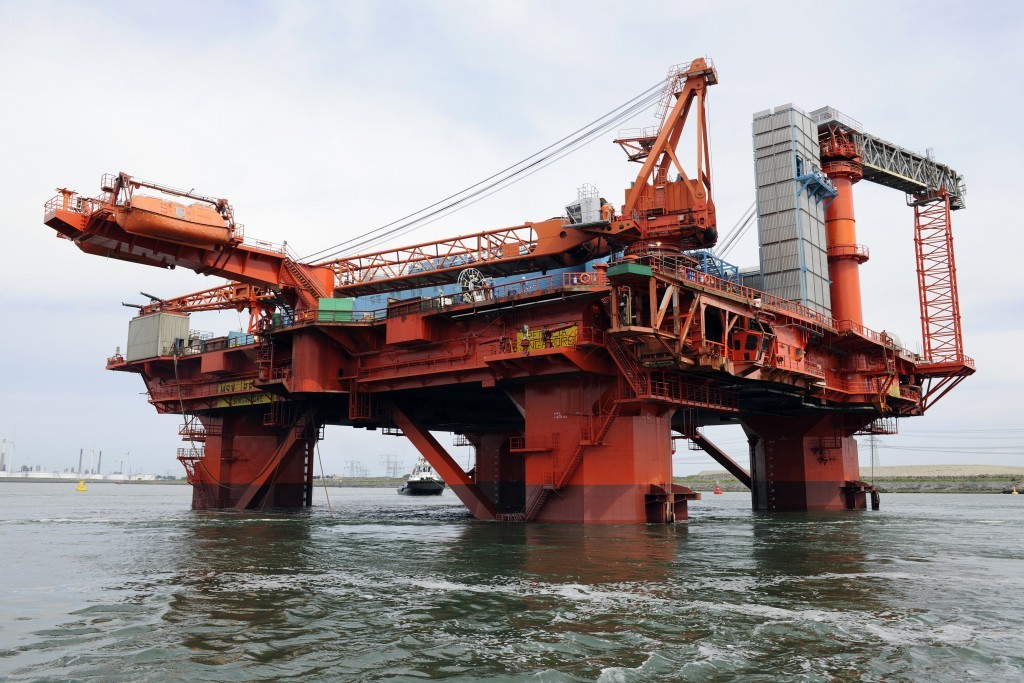
The worst could be over for investors in Norwegian oil service high yield bonds.
After a wave of restructurings in an industry battered by falling crude prices, the risk for losses has now subsided, according to Lars Tronsgaard, who oversees bonds as deputy managing director at Norway’s 199 billion-krone ($24 billion) Folketrygdfondet.
“Short and medium term we believe that for our portfolio the major part of the losses are realized,” he said in an interview in Oslo on Tuesday. “Then we have to see how the oil price develops and how the restructurings, especially within supply, develop.”
Norway’s oil-intensive junk bond market is recovering after bond prices reached a low in March and billionaires such as Kjell Inge Roekke have stepped in to profit from restructurings. The benchmark DNB High Yield Total Return Hedged Index has climbed almost 12 percent since this year’s low.
“Now we have a better knowledge of the situation in the companies that have restructured and the price level in the market reflects those restructurings,” he said. “Regarding the other companies where we aren’t in any restructurings we think that we have most of the losses behind us.”
Folketrygdfondet, which is the domestic counterpart of Norway’s sovereign wealth fund, invests in Norwegian and Nordic assets, with 40 percent of its total portfolio destined for fixed income and the rest in stocks. The fund reported Tuesday a return of 2.7 percent in the second quarter, which beat its benchmark by 0.3 percentage points. High yield bond losses weighed on the debt portfolio, which returned 1.4 percent.
The fund has this year been involved in the restructurings of Prosafe SE, BW Offshore Ltd., DOF ASA, Solstad Offshore ASA and Rem Offshore ASA. The outcomes have been as expected, according to Tronsgaard. But the now reduced risk for bankruptcies and losses doesn’t automatically turn the fund into a buyer.
“We have good potential in what we already have,” he said. “Whether we will buy more or not is something we will always have to consider.”
Recommended for you
